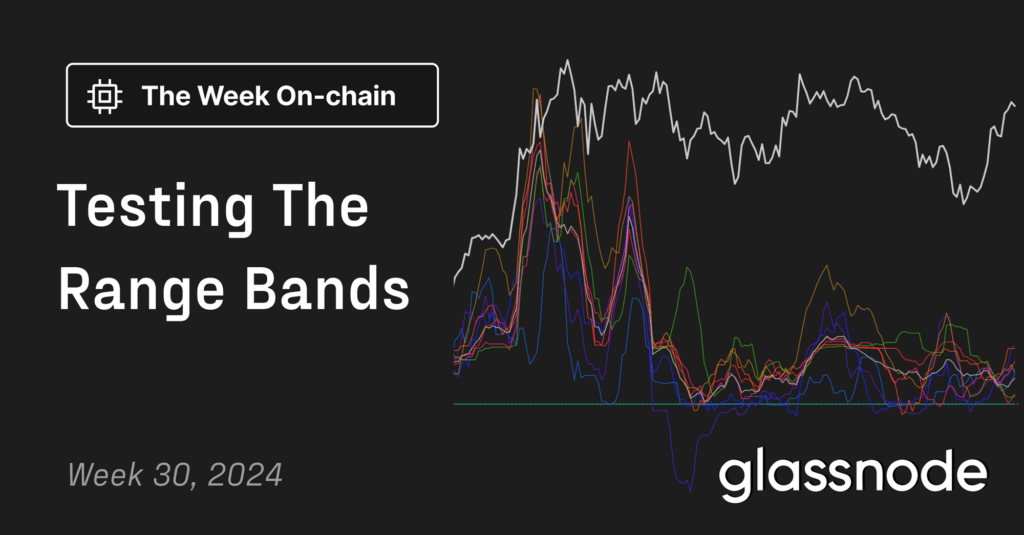Research Summary
The report delves into the untapped potential of long-term staking in Proof-of-Stake (PoS) networks. It argues that current staking models don’t adequately reward long-term stakers and proposes a financial construction to address this. The report also explores the risks and benefits of implementing long-term staking, emphasizing its potential to enhance network stability and returns for long-term investors.
Key Takeaways
The Need for Long-Term Staking
- Current Limitations: Existing staking models in PoS networks don’t offer incentives for long-term staking, leading to potential network instability.
- Financial Construction: The report suggests a specific financial construction to better align stakers with long-term network growth.
- Yield Curve Importance: Introducing term structures in staking can create a yield curve, a crucial element in well-functioning financial markets.
Types of Long-Term Staking
- Perpetual Time-Lock: One method allows for a rolling 1-year staking arrangement, similar to a puttable bond.
- Fixed-Maturity Contracts: Another approach resembles traditional bonds, with the staked amount returned at a fixed future date.
- Flexibility: The design allows for various time-lock arrangements, offering flexibility to stakers.
Risk Management
- Whale Risks: Large stakeholders could potentially dictate terms that are unfavorable to smaller, short-term stakers.
- Community-Driven K Value: The report suggests a community-driven approach to deciding the value of the multiplier ‘K’ to balance interests.
- Validator Impact: Long-term staking could affect the competitiveness of validators with short-term stakers.
Benefits of Long-Term Staking
- Network Resilience: Long-term staking can enhance the security and stability of PoS networks.
- Financial Incentives: Long-term stakers could receive higher returns, making it more attractive.
- Strategic Lock-Ups: Allows investors to lock up capital for distinct periods, potentially earning greater returns.
Future Implications
- Market Evolution: The introduction of long-term staking could lead to the emergence of new financial products like term-based, liquid-staking token pools.
- Network Growth: Long-term staking can attract more participants, fostering a virtuous cycle of growth.
- Composability: The crypto-native approach allows for seamless risk transfer mechanisms between various market participants.
Actionable Insights
- Consider Long-Term Staking: PoS networks should consider implementing long-term staking to incentivize committed participation.
- Community Engagement: A community-driven approach to deciding key variables can help balance the interests of different stakeholders.
- Financial Product Development: The crypto industry could develop new financial products to facilitate long-term staking.











